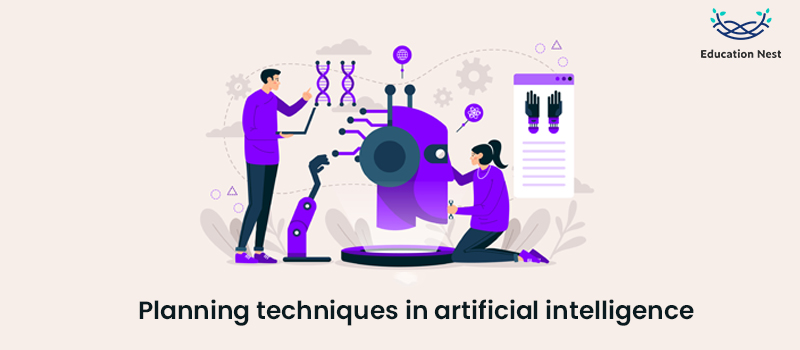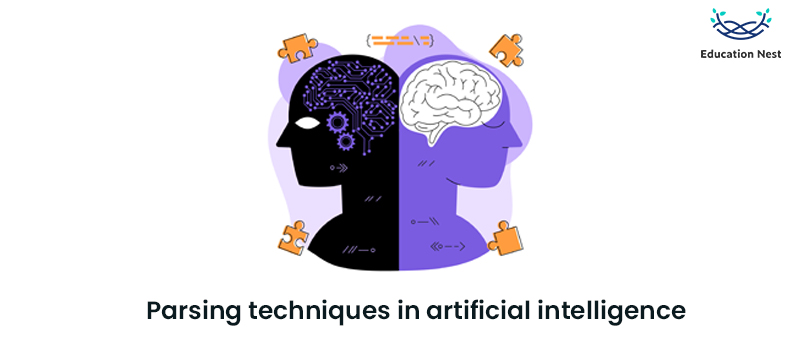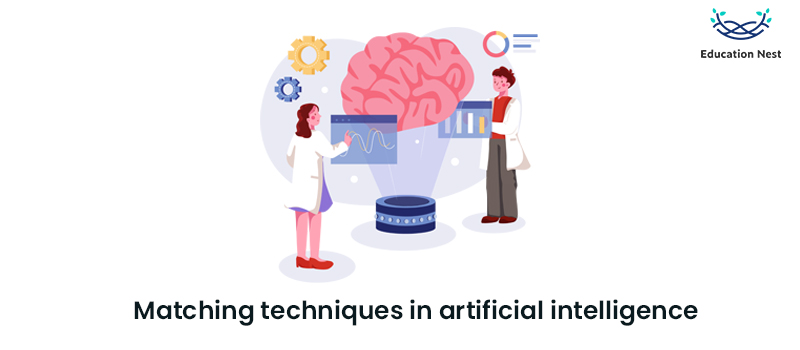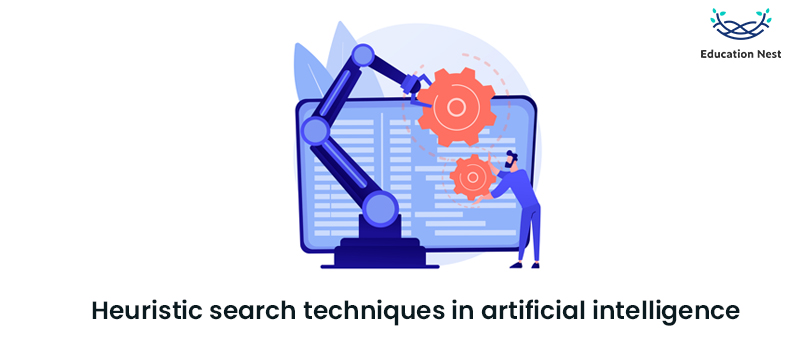Artificial intelligence is when machines, particularly computer systems, simulate human intelligence processes. Expert systems, natural language processing, speech recognition, and machine vision are some examples of specific AI applications.
For creating and training machine learning algorithms, AI requires a foundation of specialized hardware and software. Python, R, and Java are just a few languages utilized in AI.
Large volumes of labelled training data are ingested by AI systems, which then analyze the data for correlations and patterns before employing these patterns to forecast future states.
For example, A chatbot can learn to mimic human conversations in this way. Alternatively, an image recognition program can learn to recognize and characterize things in photographs by studying millions of instances.
Artificial Intelligence is divided into categories based on the machine’s capacity to use past experiences to predict future decisions, memory, and self-awareness.
Below are the 4 main techniques of Artificial Intelligence:
- Planning techniques in artificial intelligence

The domain definition, action design, and objective description are necessary for every planning system. A plan is thought to be a series of acts, and each step has its own set of prerequisites that must be met before it can be carried out. as well as potential outcomes that could be either positive or negative.
Choosing the actions, the artificial intelligence system will take and how it will function independently in situations outside its domain are the two critical components of planning. Therefore, at the most fundamental level, we have Backward State Space Planning (BSSP) and Forward State Space Planning (FSSP).
Forward State Space Planning (FSSP)
Forward state space search behavior is similar to FSSP. According to this, given a start state S in any domain, we must take specific steps to acquire a new state S’ (which also includes some additional conditions), which is referred to as progress, and this process must continue until we reach the goal state.
- The actions must be appropriate in this situation.
- It has Sound algorithms but also has a High branching factor.
Backward State Space Planning (BSSP)
Backward state space search and BSSP both exhibit similar behaviors. In doing so, we shift from the goal state g to the sub-goal g’, determining the prior action that must be taken to reach the planned approach. Regression is used for this action (moving back to the previous goal or sub-goal). Additionally, the consistency of these sub-objectives must be examined. In this situation, the measures must be appropriate.
- Due to the lack of a sound algorithm, sometimes inconsistency can be found.
- There is a Low branching factor, minimal compared to FSSP.
Therefore, we must combine the characteristics of FSSP and BSSP to create an effective planning system.
You Must Read: Statistics to get Started: Data Scientists Edition
- Parsing techniques in artificial intelligence

Parsing is also known as Syntax Analysis. Parsing is the process of analyzing a text consisting of a series of tokens to ascertain its grammatical structure in relation to a particular grammar.
The data from the lexical analysis phase is broken down into smaller parts using a compiler called a parser. A parser receives input from a token sequence and outputs a parse tree.
Top-down and bottom-up parsing are the two types of parsing.
Top-Down Parsing
- Top-down parsing is also known as recursive parsing or predictive parsing.
- When parsing is done from the top down, the start symbol is used as the starting point and is transformed into the input symbol.
Bottom-up Parsing
- Shift-reduce parsing is another name for bottom-up parsing.
- A parse tree is built for an input string via bottom-up parsing.
- When parsing from the bottom up, the process begins with the input symbol and builds the parse tree up to the start symbol by reversing the rightmost string derivations.
Every different entity in the realm of software has its standards for how data should be processed. Therefore, parsing is the process that changes the data in a way that makes it understandable by any particular software.
Technologies That Employ Parsers:
- Java
- SQL
- Languages used in scripting.
- Protocols such as HTTP.
- HTML and XML.
- Matching techniques in artificial intelligence

The matching process is the comparison of two or more structures to see where they are similar or different from one another. The structures can represent a diverse range of things, such as relationships between complex items, words or phrases in some languages, whole classes of objects, and the like.
The representations found by Matching will be provided in one or more of the formalisms, such as FOPL, networks, or some other scheme. Matching will require contrasting the individual elements of such structures.
Through a succession of artificial intelligence-based data sorting and matching algorithms, data is searched, indexed, and retrieved from databases using the data management technique known as “intelligent matching.”
When using human-like searching and inference techniques on each query, intelligent Matching enables semantically-based data discovery.
Maintaining and extracting databases, especially ones that are huge and complicated in nature, is where intelligent Matching is most commonly applied. Typically, it is integrated into database software, business intelligence programmes, or big data analytics programmes. It operates by utilising strategies for reasoning-based data matching, which finally produces optimal or highly relevant query responses.
A few of the functions that intelligent matching offers are as follows:
- To check each object in the target database for duplication.
- To eliminate duplicates from databases.
- To scan massive data warehouses and retrieve pertinent information.
- To look for commonalities while comparing data, objects, or files.
- Heuristic search techniques in artificial intelligence

Heuristic search is described as a search method that aims to improve a problem by incrementally altering the arrangement in accordance with a given heuristic capability or a cost measure.
Instead, Heuristic may find an acceptable or deserving arrangement within a reasonable amount of time and memory space rather than guaranteeing to find an ideal or the finest arrangement.
It may be a feature used in informed search, and it identifies the most promising route. It estimates how far away the agent is from the goal using the agent’s current condition as input.
A Heuristic analysis search calculation. At each stretching step, it evaluates the information at hand and decides which branch to choose. It achieves this by placing other alternatives. The Heuristic is any device may usually succeed but only guarantees success in some circumstances.
Heuristics are necessary to produce an adequate solution to the problem in a reasonable amount of time. Given how quickly this may be done, an estimated arrangement suffices and doesn’t need to be the best.
We use heuristics in AI because we can apply it in situations where we can’t find existing calculations.
Through this article, we can conclude that each of the techniques of artificial intelligence favours data scientists as well as businesses in their individual ways. Some techniques offer a method of resolving issues for which there is no direct solution. While, others give a way of differentiating between significant features and variations and minor ones that might otherwise overwhelm any process.
